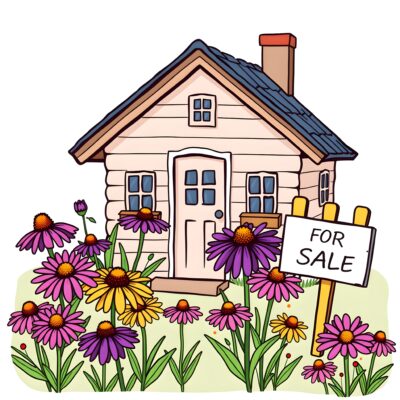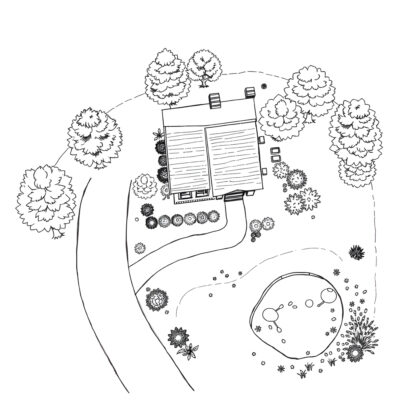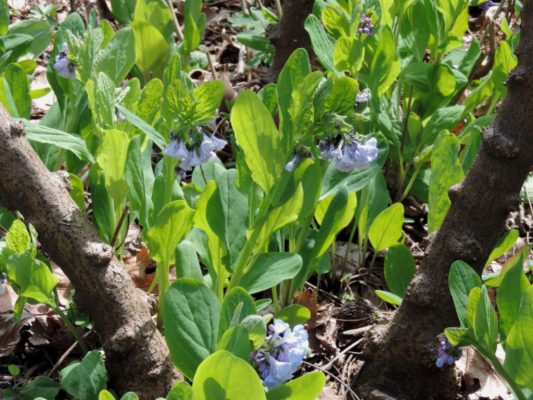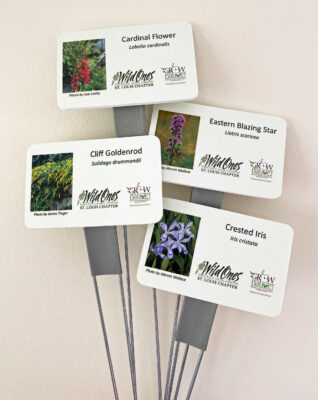
If you’re preparing to sell your home and it features a native garden, you have a unique and marketable asset that some buyers are actively seeking. Native gardens offer more than just beauty — they support local ecosystems, reduce maintenance costs, and reflect a growing interest in sustainable living. Highlighting your native garden the right way can set your listing apart and increase the perceived value of your property.
Here’s how to make the most of your native garden when marketing your home:
Label Native Plants to Tell Their Story
Buyers may not be familiar with the native plants in your garden — but that’s your opportunity to educate and inspire them. By labeling each plant (either with physical markers or in photos and listing materials), you highlight the intentional design and ecological value of your landscape.
Include:
-
- Common and botanical names
- Blooming seasons
- Benefits (e.g., drought-tolerant, pollinator-friendly, low maintenance)
This helps buyers see the garden not just as a collection of plants, but as a living, curated part of the home’s value.
Create a Garden Map for Your Listing Materials
 A garden map is a fantastic way to visually present the layout and thoughtfulness of your landscaping. It doesn’t need to be highly technical — a simple illustrated or digital layout showing zones, plant groupings, pathways, and focal points is enough.
A garden map is a fantastic way to visually present the layout and thoughtfulness of your landscaping. It doesn’t need to be highly technical — a simple illustrated or digital layout showing zones, plant groupings, pathways, and focal points is enough.
Include it in:
-
- Your printed marketing brochures
- Digital listing materials
- A display binder for open houses
This gives buyers a clear understanding of the space, and a lasting impression of the care you’ve invested.
Include Photos of the Garden at Its Peak

Native plants may shine in different seasons, so take advantage of your photography window. Use high-resolution images that capture your garden when it’s looking its best — whether that’s the spring wildflower bloom, fall foliage, or the structural beauty of native grasses in winter.
Tip: Include a few labeled photos in the listing slideshow with callouts like “Virginia bluebells in Spring” or “Monarchs visiting Milkweed in Summer.”
Buyers may not view the garden in its peak state at the time of showing, so these visuals help them imagine its full potential.
Work with an Agent Who Understands Native Gardens
A real estate agent who appreciates the value of native landscaping can be one of your greatest allies. They can:
-
- Highlight the garden’s sustainability and environmental benefits in the listing description
- Speak confidently about native plants and their role in reducing water usage and supporting pollinators
- Connect with buyers who are specifically looking for eco-conscious homes
Ask potential agents about their experience with native gardens or sustainable landscaping — you want someone who can sell not just your house, but the story of your land.
Final Thoughts
In today’s market, many buyers are drawn to homes that offer a deeper connection to place and nature. A native garden is more than curb appeal — it’s a statement of care for the environment and a lifestyle choice that’s becoming increasingly desirable.
By taking these extra steps to showcase your garden thoughtfully and professionally, you’re not just selling a home — you’re offering a sanctuary that respects and reflects the land it’s built on.
Lizz James
Breihan Malecek Associates
Berkshire Hathaway Alliance
8077 Maryland Avenue
Clayton, MO 63105
(314) 307-4232
Lizz@BMPJRealEstate.com
BMPJRealEstate.com


